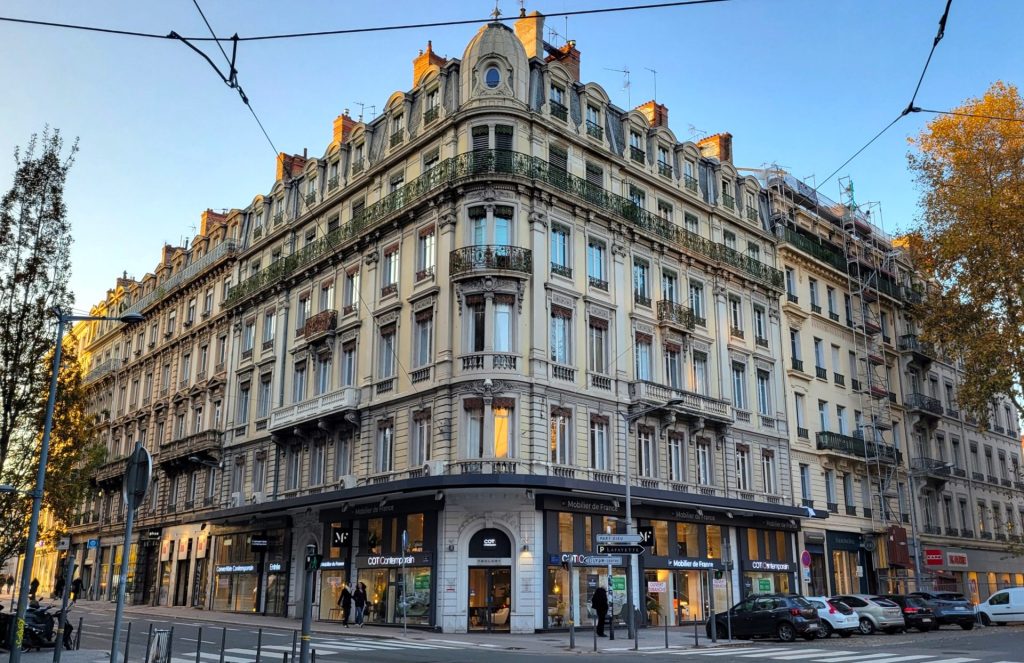
Lyon is the third largest city in France and one of its culinary capitals. It has a plethora of ornate buildings and several massive fountains. There’s a world class art museum and cathedral too. During our 4 weeks we also explored many pedestrian streets, old ruins, an awesome urban park, and plenty of vintage clothing stores. But most of our activity consisted of simply walking around gawking at the classic French architecture. That never got old.
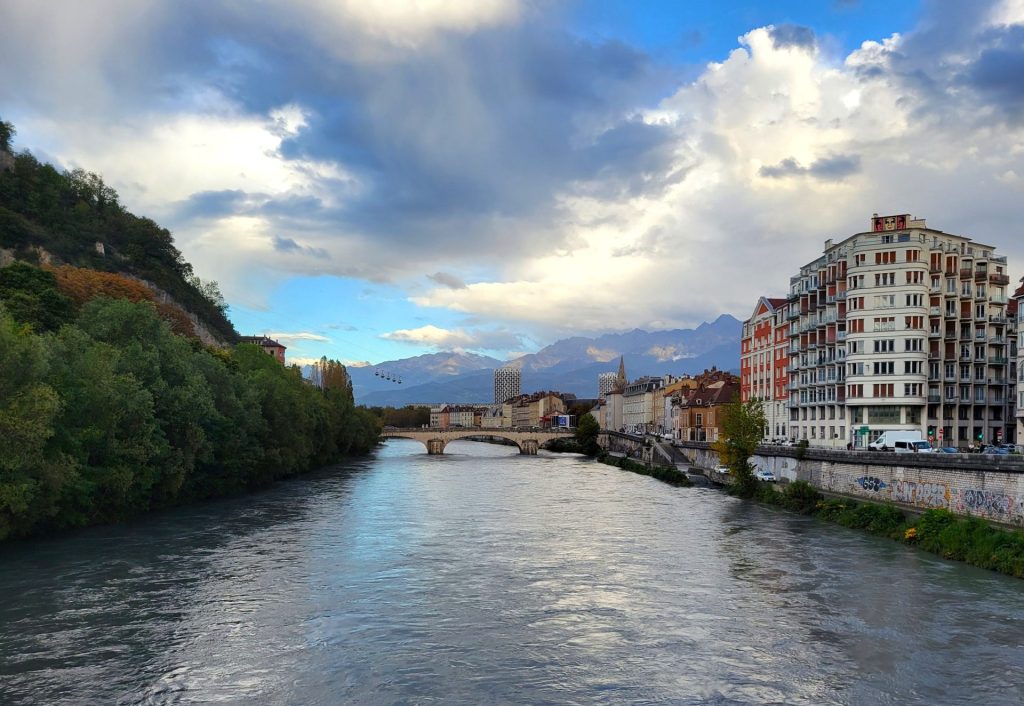
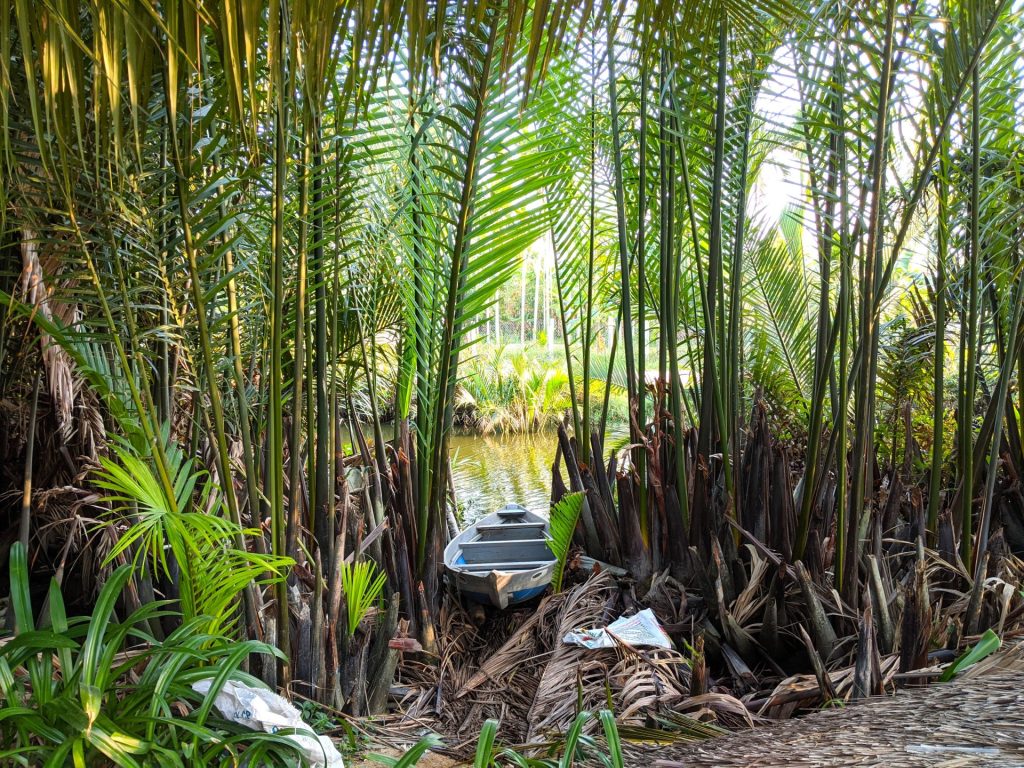
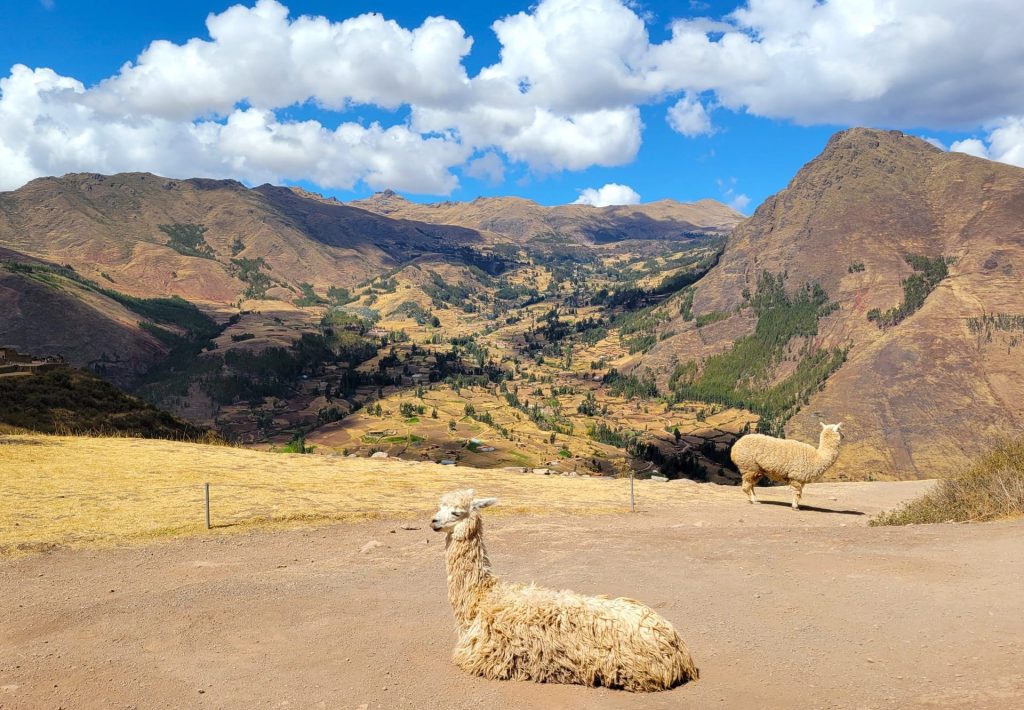
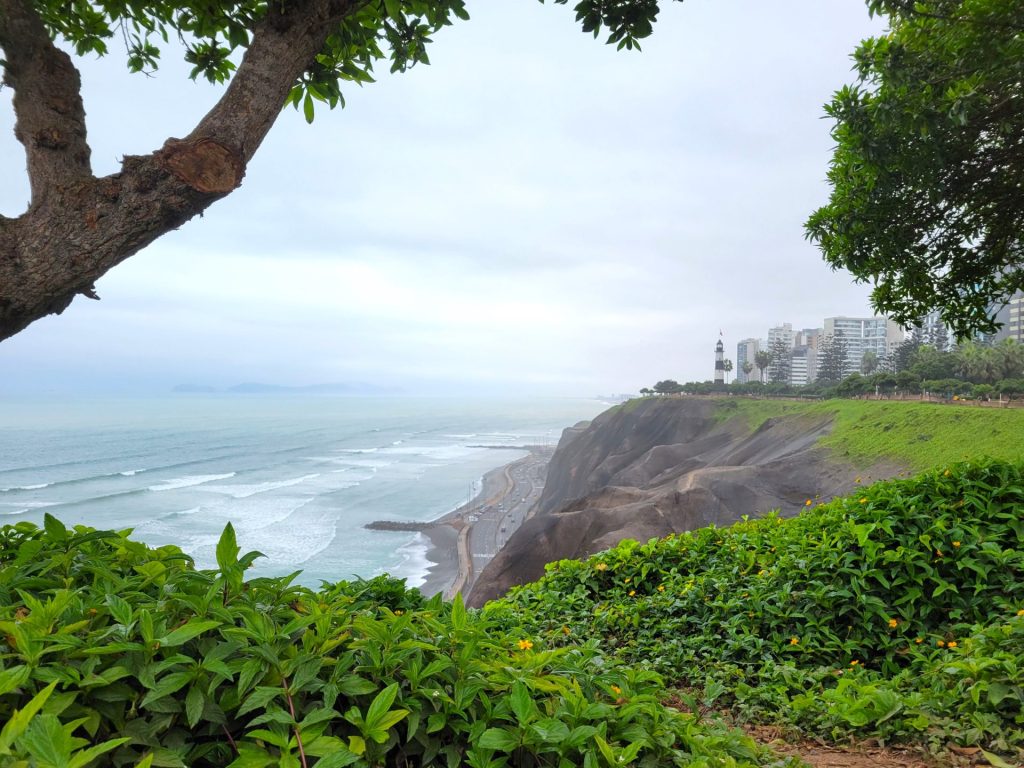
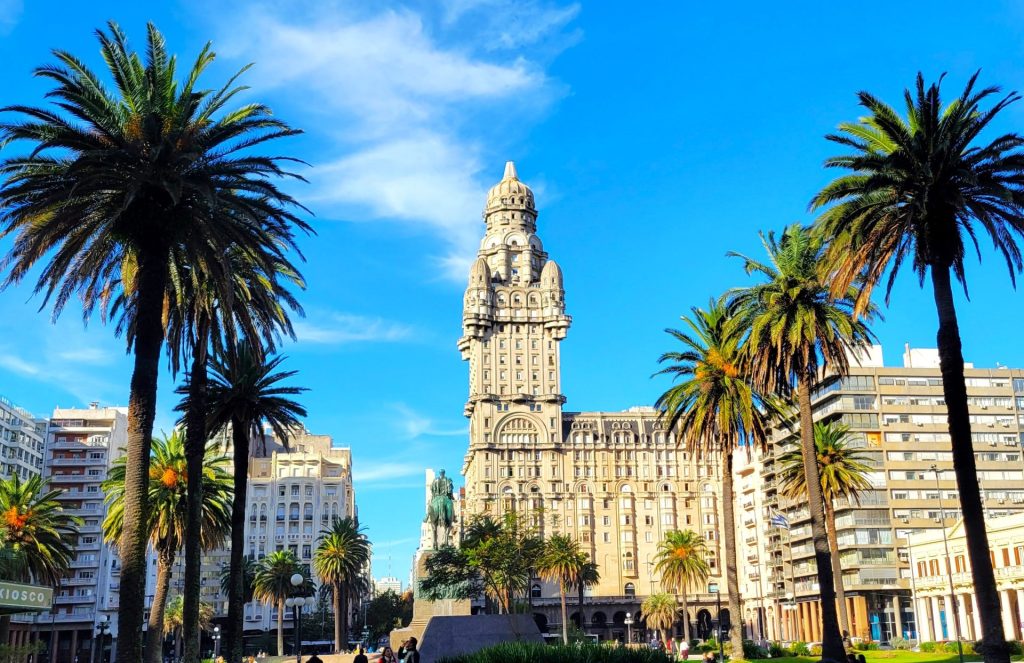
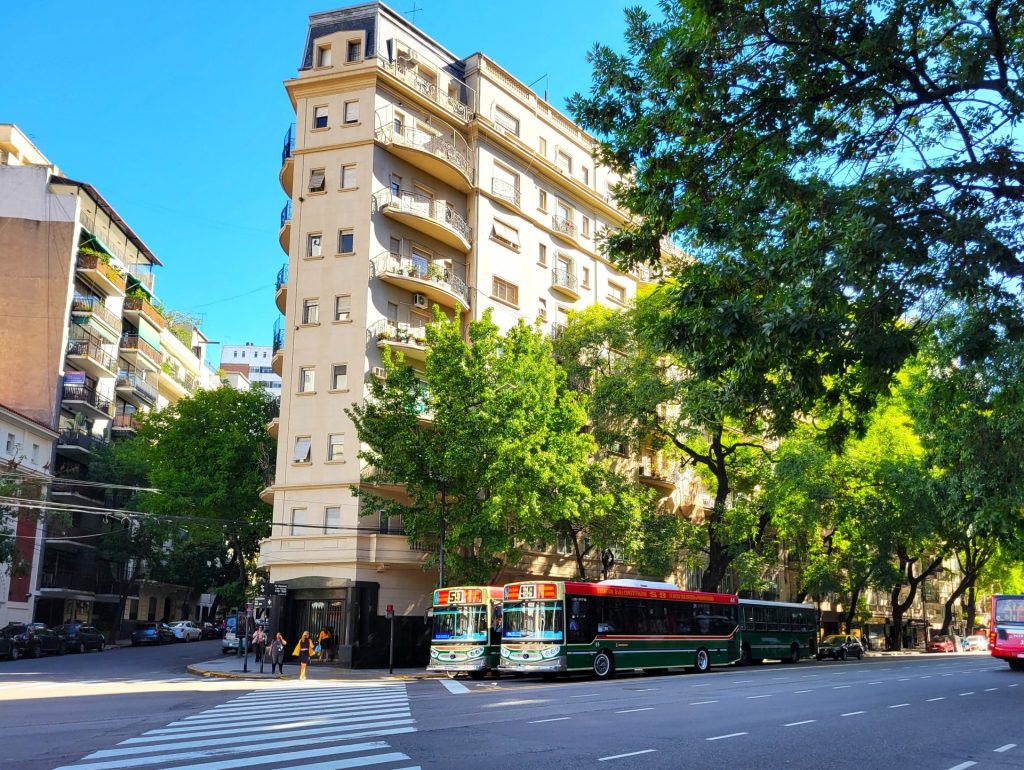
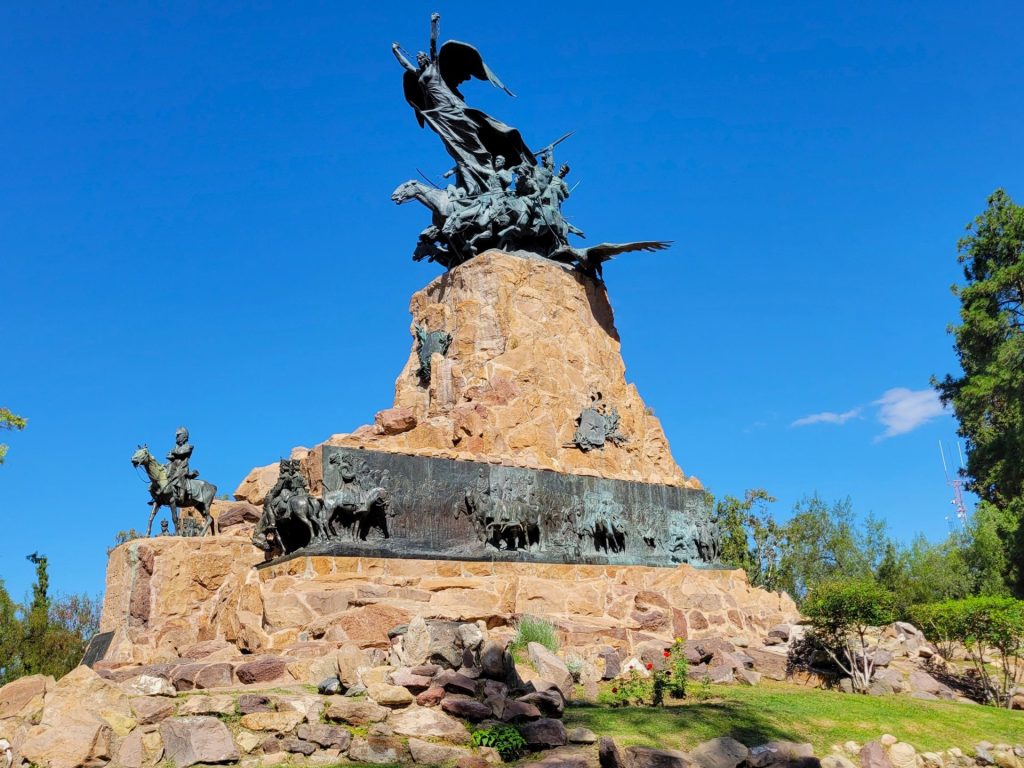
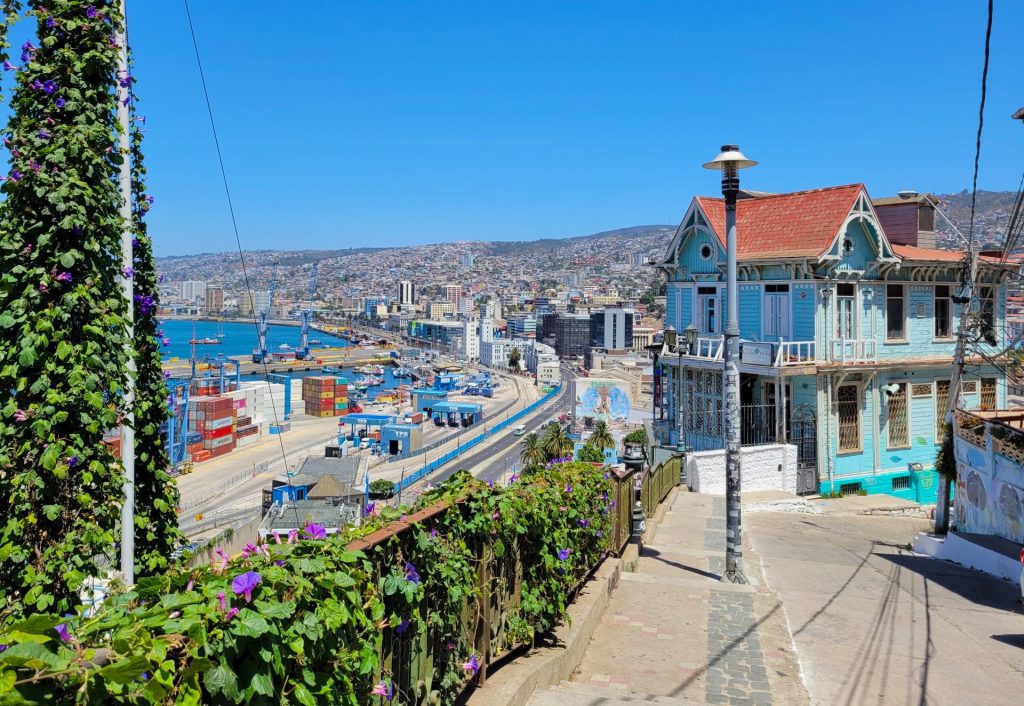
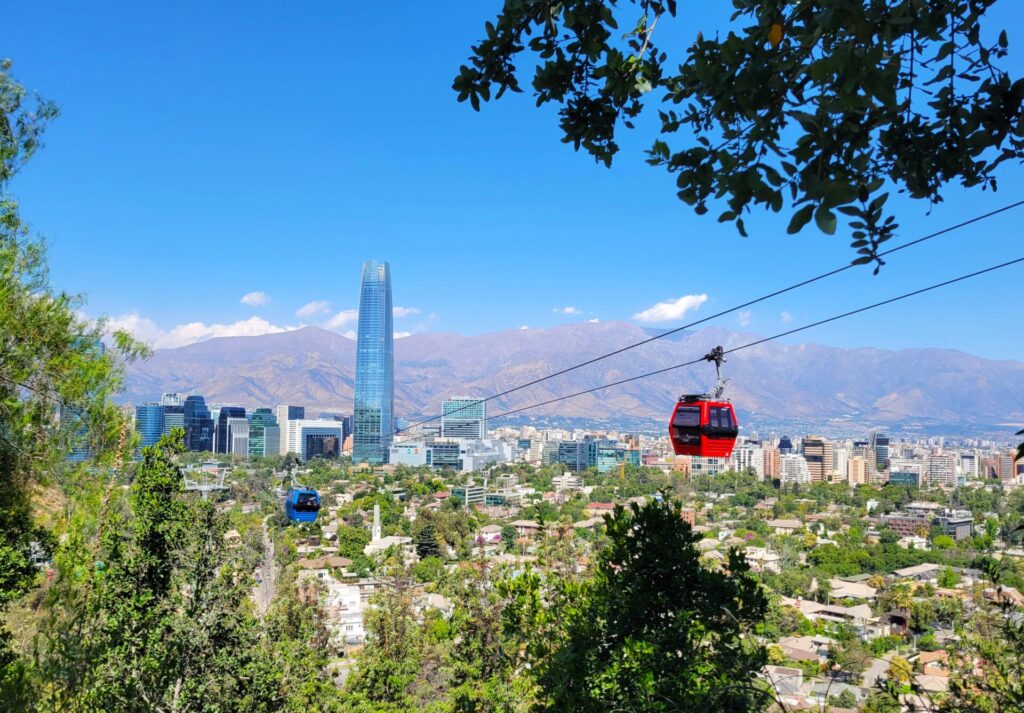
Feeling Social?